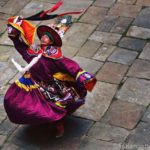Bhutan – November, 2018 – Part 2
 To visit Bhutan, you need to obtain a visa and make all arrangements through an official tour company, who provides all lodging, meals, entrance fees, and transportation, including the services of a guide and a driver. All this for the price of $250/day. Considering the quality of what is provided (at least with Namgay’s company), the extent of what is provided, and the way the government spends its 30% share of the proceeds, it is worth every penny! I’ve visited over 50 countries and Bhutan is the most amazing and delightful of them all.
To visit Bhutan, you need to obtain a visa and make all arrangements through an official tour company, who provides all lodging, meals, entrance fees, and transportation, including the services of a guide and a driver. All this for the price of $250/day. Considering the quality of what is provided (at least with Namgay’s company), the extent of what is provided, and the way the government spends its 30% share of the proceeds, it is worth every penny! I’ve visited over 50 countries and Bhutan is the most amazing and delightful of them all.
Before leaving Thimpu, we visited the Takin preserve. Takins are a native mammal that seems like a cross between a buffalo and a goat. The Takins were elusive but we got to see Goral antelope up close.
One of our trip’s highlights was a visit to a paper factory where we saw every step to the process of making exquisitely beautiful hand-crafted paper products from local vegetation.
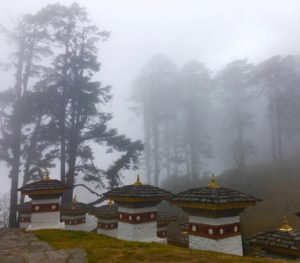 Traveling further east, we pass through the clouds of Doche La Pass, where the queen mother built 108 stupas to commemorate the heroic and bloodless exploits of her husband in routing terrorists. The south was infiltrated by Indian terrorists from Assam that would go and attack in India then seek refuge in Bhutan. King #4 asked them to leave and they refused. So he personally led the army there, surprised them during dinner, minimizing casualties, and flushed them out and back to India. For his personal integrity and bravery, his wife, the queen mother, erected the stupas.
Traveling further east, we pass through the clouds of Doche La Pass, where the queen mother built 108 stupas to commemorate the heroic and bloodless exploits of her husband in routing terrorists. The south was infiltrated by Indian terrorists from Assam that would go and attack in India then seek refuge in Bhutan. King #4 asked them to leave and they refused. So he personally led the army there, surprised them during dinner, minimizing casualties, and flushed them out and back to India. For his personal integrity and bravery, his wife, the queen mother, erected the stupas.

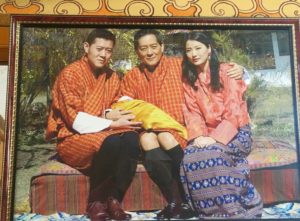 Part of what makes Bhutan so extraordinary is the well-deserved and absolute adoration of the royal family. King #3 initiated land reform in the 1950s. His son, King #4, the one who coined the phrase”gross national happiness” as a way to measure his success as a king, voluntarily converted the absolute monarchy to a constitutional monarchy with the establishment of a democratically-elected Parliament to give his beloved people more of a say in their governing. At the same time, he abdicated his throne to his son (#5, the current king) so that he could serve as an advisor to his rule. #5 has made it a priority to continue the land reform of started by his grandfather and has conducted a survey of land ownership, redistributing government –owned land to villages that don’t have their proportionate share of privately owned land. They are much beloved and wander neighborhoods freely (no “secret service” required) to mingle with the people.
Part of what makes Bhutan so extraordinary is the well-deserved and absolute adoration of the royal family. King #3 initiated land reform in the 1950s. His son, King #4, the one who coined the phrase”gross national happiness” as a way to measure his success as a king, voluntarily converted the absolute monarchy to a constitutional monarchy with the establishment of a democratically-elected Parliament to give his beloved people more of a say in their governing. At the same time, he abdicated his throne to his son (#5, the current king) so that he could serve as an advisor to his rule. #5 has made it a priority to continue the land reform of started by his grandfather and has conducted a survey of land ownership, redistributing government –owned land to villages that don’t have their proportionate share of privately owned land. They are much beloved and wander neighborhoods freely (no “secret service” required) to mingle with the people.
The countryside is plastered with what we would consider propaganda signs but they are friendly and positive, urging people to do the right thing, clean up around them, and take care of the environment. In stark contrast to Nepal, there is no litter anywhere. I accidentally dropped a piece of paper and a Bhutanese was immediately there to whisk it to the trash bin.
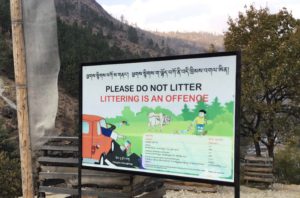
Their anti-drug messages, rather than taking a totalitarian tone, urge people to take care of and pride in themselves and provide support to people who need help. Although the standard is for multi-generational families to live together and take care of each other, the current queen started a beautiful nursing home where those without family can age in dignity with a high quality of care, on the government’s dime. No one is homeless or goes hungry. Never mind Tibet (especially since the Chinese occupation), I am convinced Bhutan is ShangriLa.
While in transit, we either stop for lunch at beautiful roadside restaurants or sometimes are treated to lunch, or tea by the side of the road.
In Punakha, we visited the dzong, built 1637 and located at the confluence of the male and female rivers) and stayed the night in yet another lovely hotel.
We visited the temple of the Divine Madman, Lama Drukpa Kuenley, a colorful historical monk who came from Tibet and spread Buddhism throughout the population and is known for using imagery of the phallus to subdue demons and bless the people of Bhutan.
So, once again, penises and puppies everywhere as we wandered through villages and rice paddies.
Off to Pojibkha, the nesting grounds of the endangered migratory black-necked cranes.
Another mountain pass yielded spectacular views and we participated in a peaceful perambulation through Pojibkha valley.
We stayed at our most basic accommodation yet… no internet and the rooms were heated at night by woodstoves… and it was positively charming.
The next day was one of my favorites because Namgay took us to Tshangkha, the beautiful village he grew up in, and filled our fancy with tales from his childhood.
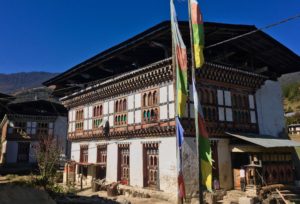 There are 25 households and they are all involved in farming. They cultivate a variety of crops including rice, potatoes, cabbage, grains, and maize. They sell cheese, butter, potatoes, and other vegetables. Electricity arrived here only recently. (TV came to Bhutan in general in 1998, and cell phones and internet arrived in 2002.)
There are 25 households and they are all involved in farming. They cultivate a variety of crops including rice, potatoes, cabbage, grains, and maize. They sell cheese, butter, potatoes, and other vegetables. Electricity arrived here only recently. (TV came to Bhutan in general in 1998, and cell phones and internet arrived in 2002.)
Some villagers still practice the Bon religion, which is similar to animism and pre-dates Buddhism as the main religion. They assume big mountains, trees, river, cliffs, and lakes to be the places where the deities reside. He grew up outside the village and would go play with his friends in the village until dark. He’d have to run home and would be so scared the demons would get him. His mom, knowing that, would come out on the deck to greet him. Rather than admonish him, she would call out the mantra to scare the evil spirits away and protect him. “Om mani padni hom…” “Louder, please,” he’d cry as he raced by the shadows into her waiting arms.
I had brought toys to give the children, including little keyring flashlights. These were the favorites here as I explained they could use them to keep the demons away while they walked home in the dark. Hahahaa, their eyes got huge… they loved it! The children, being the compassionate Buddhists they are, were worried when their friend, a beautiful boy taking care of his little brother, showed up and I was all out of gifts. I could see them suffering because they loved their little flashlights but they were so concerned that he didn’t get one. Luckily, I remembered that I had my own little flashlight attached to my purse so I gave him the best one and everyone was happy.
In Trongsa, we visited the museum and the Trongsa dzong, where the first two kings ruled from.
Monks practiced dances for the next day’s holy festival.
We stayed at yet another lovely hotel.
We made our way to the weaving region of Bumthang, driving over the Black mountains’ Yotong La pass into the Bumthang valley.
Lunch in a farm house was super special as we were welcomed into the home of a farmer’s family and served in their living room.
We walked across a river to Kurjey Lhakhang temple, which houses the sacred imprint of Guru Rinpoche meditating.
More beautiful temples and the ubiquitous dogs. When I landed in Bhutan, I visited a grocery store, bought a bag of dog food, and kept my pockets filled. So, wherever, I went, there were many that loved me. : )


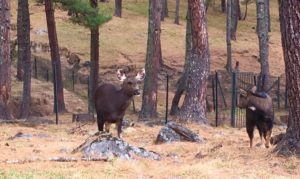
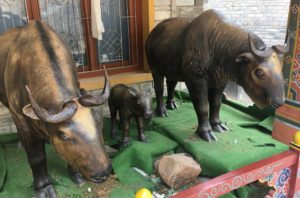
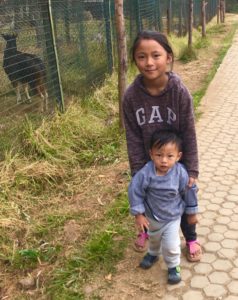
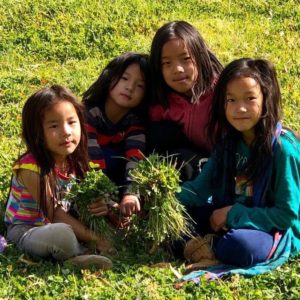
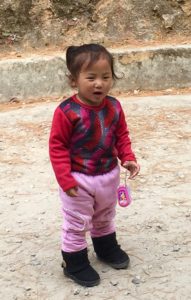
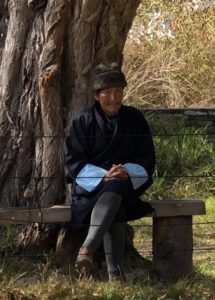
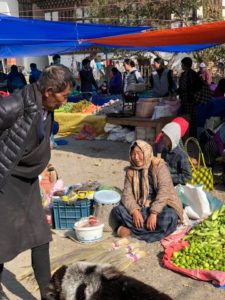
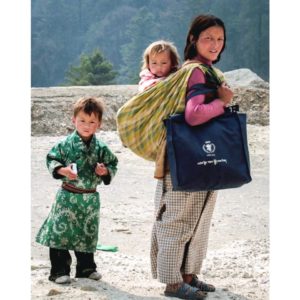

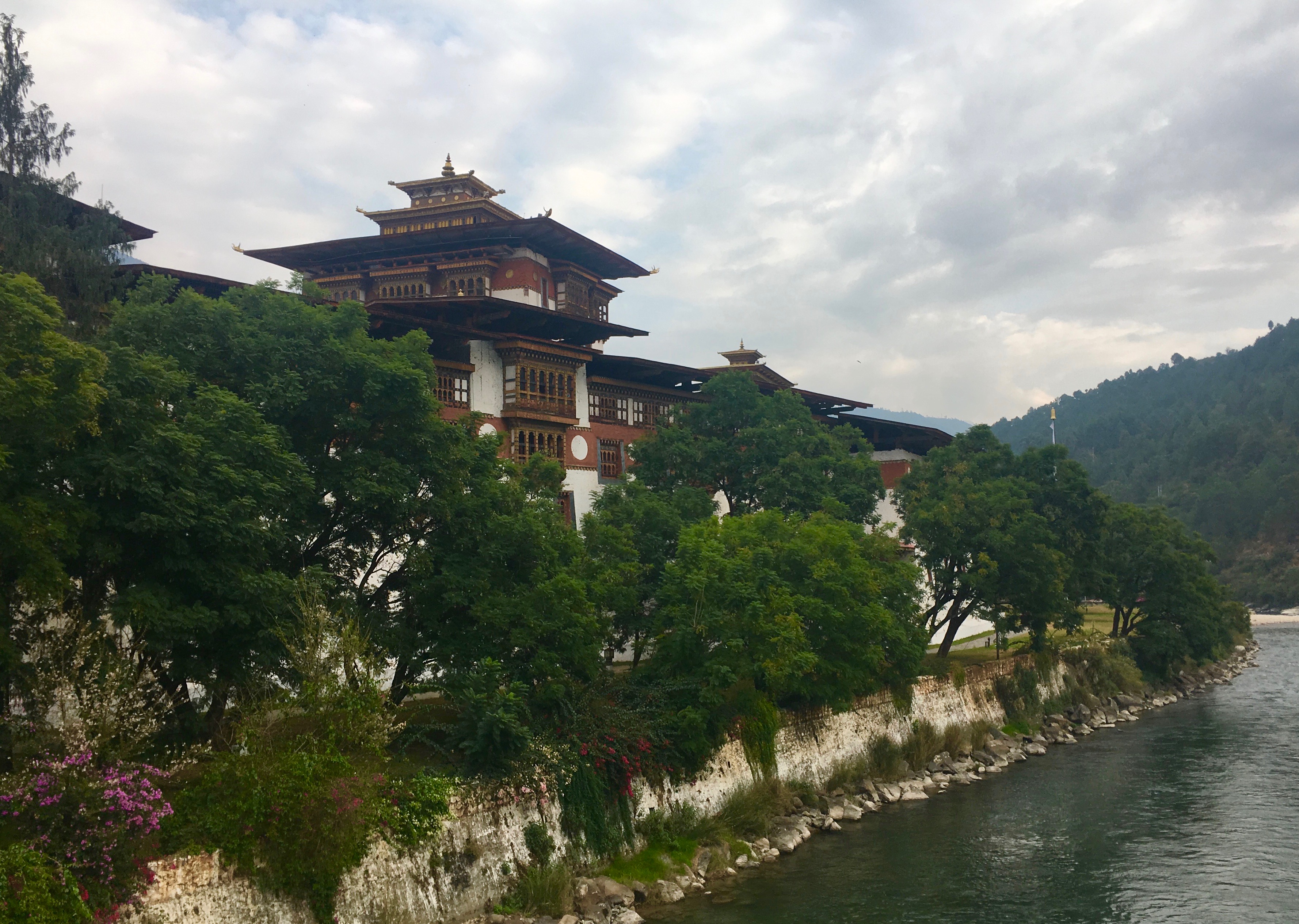


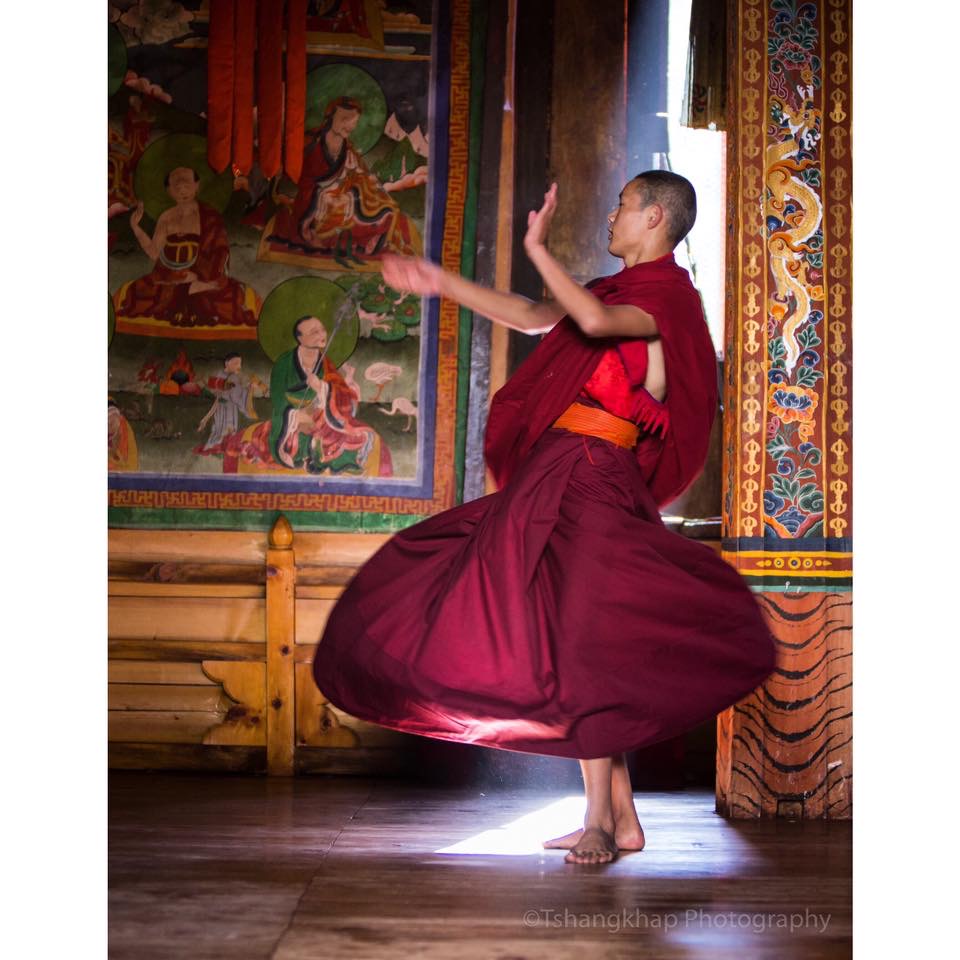

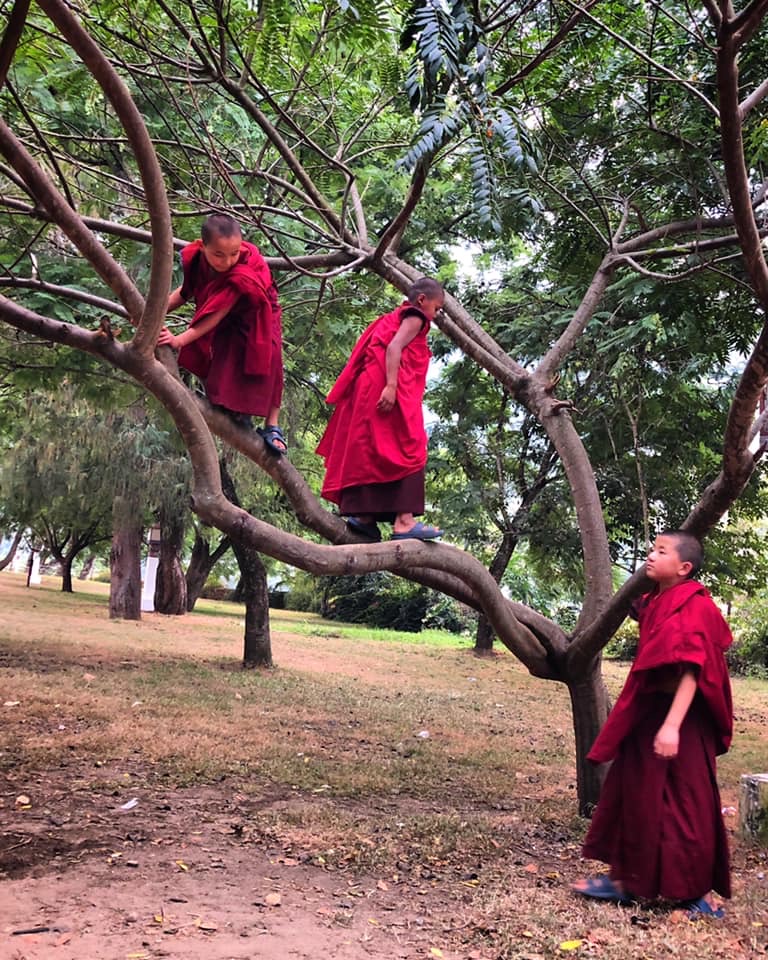
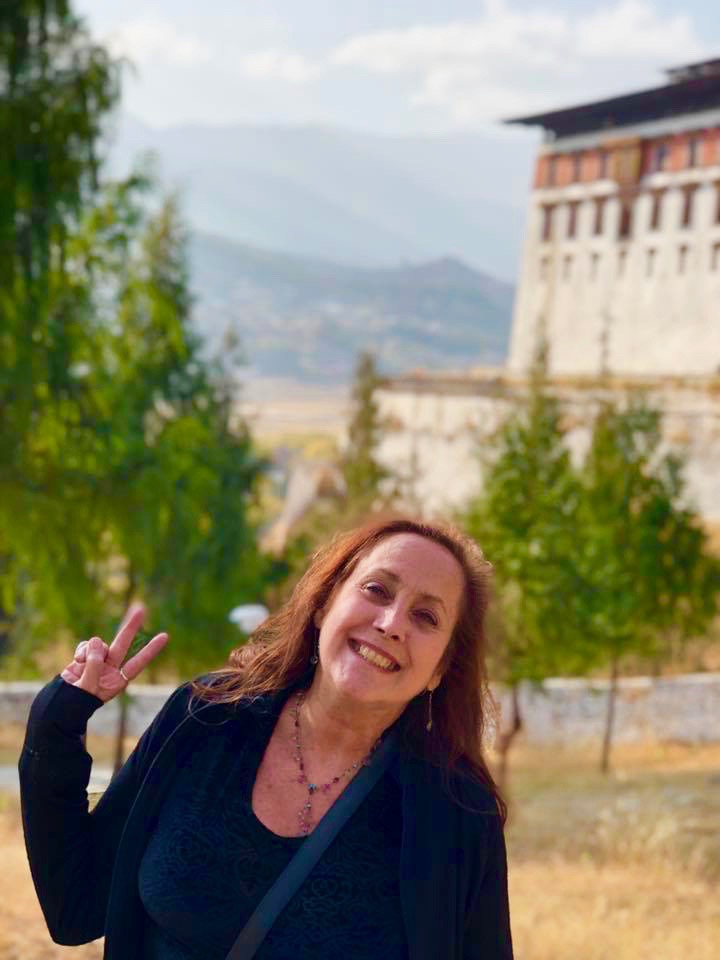


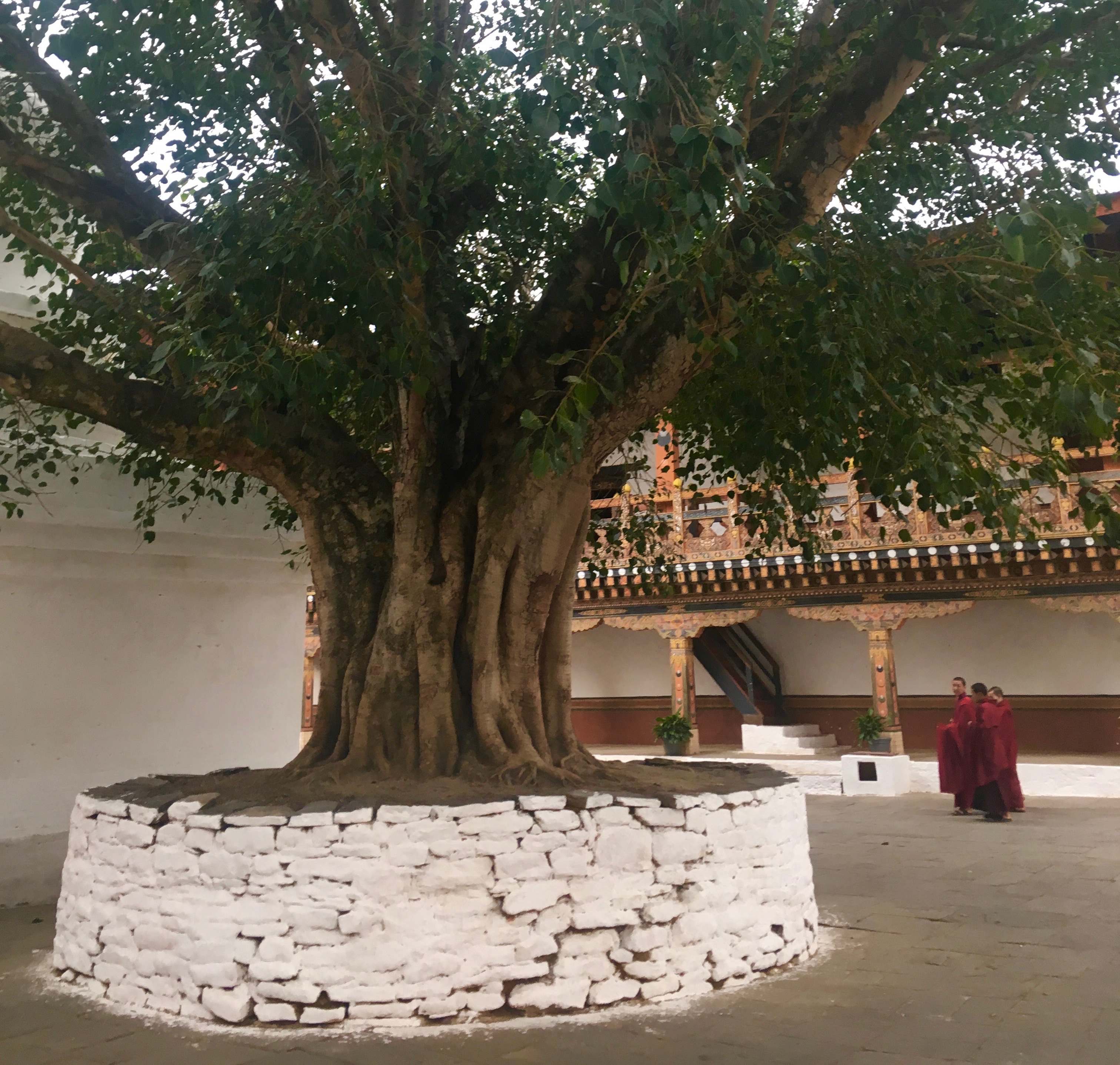

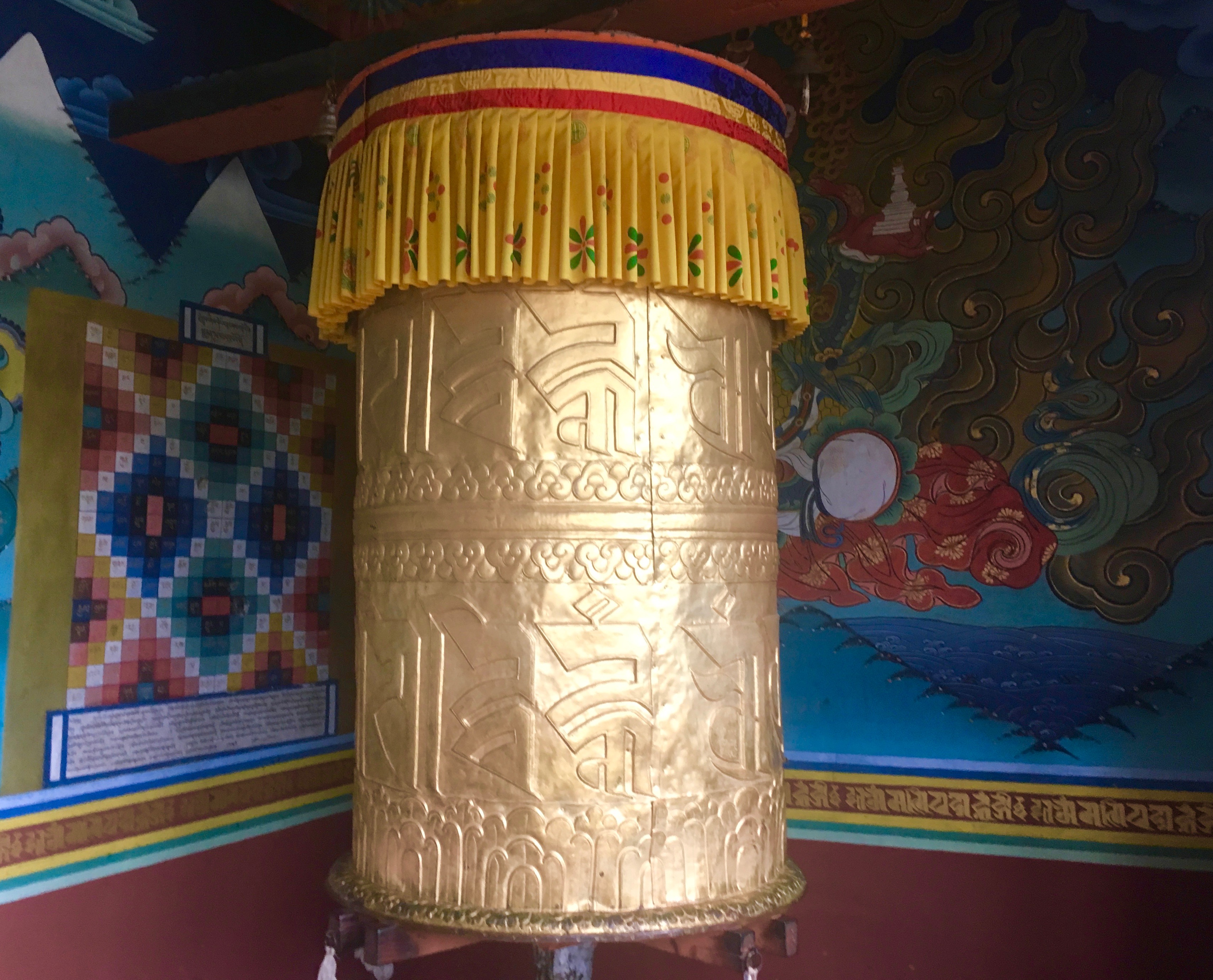





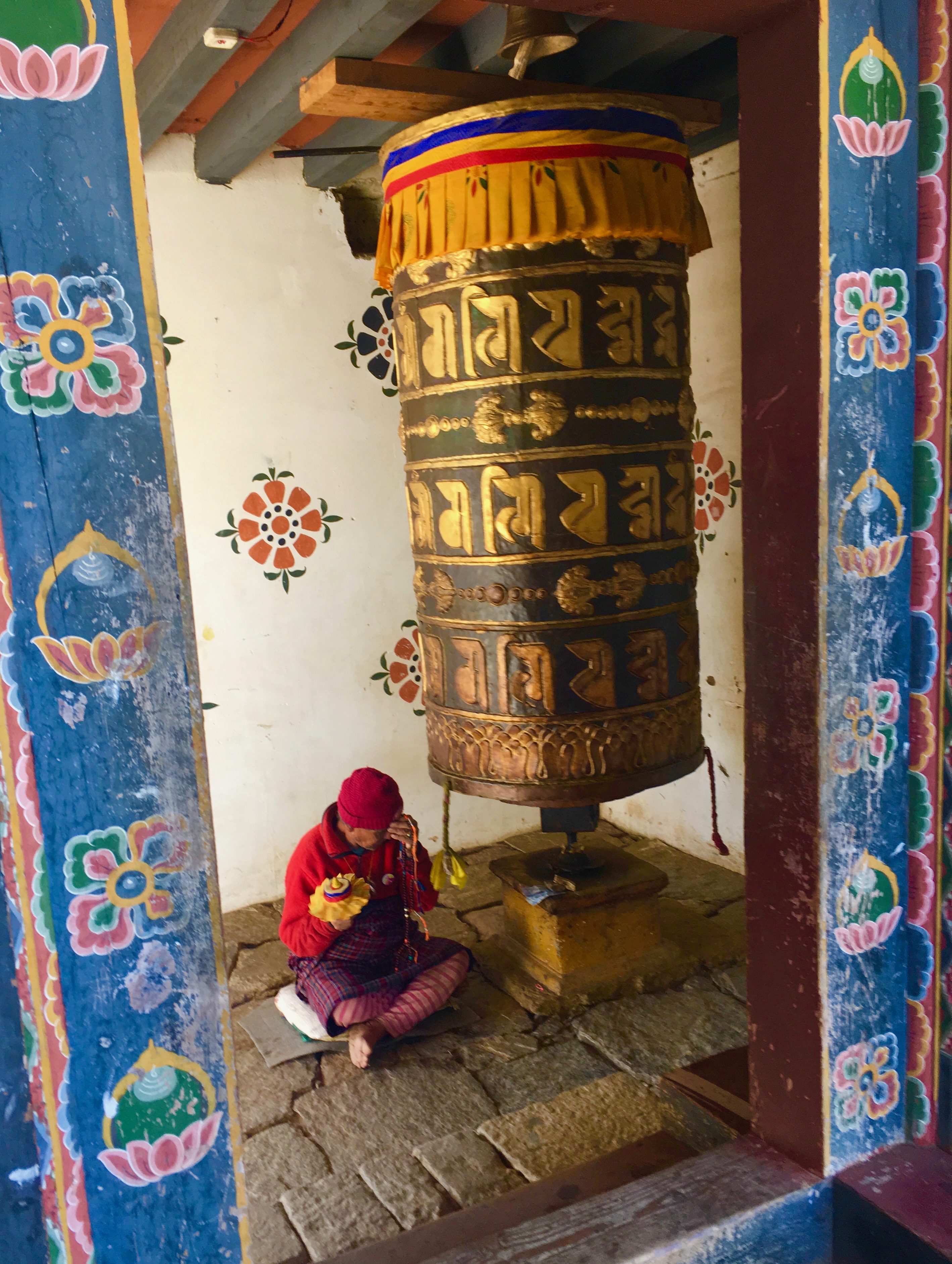
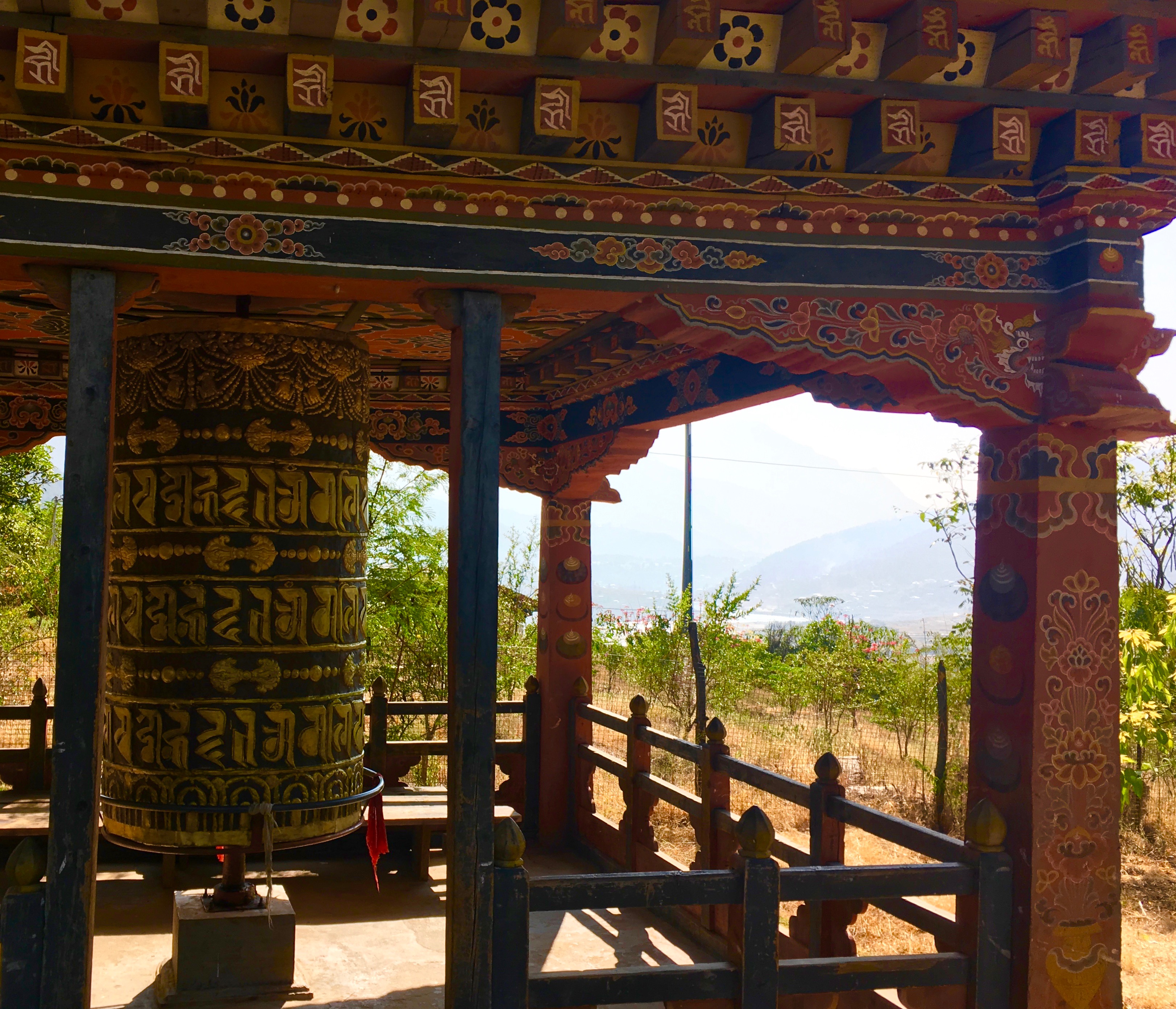


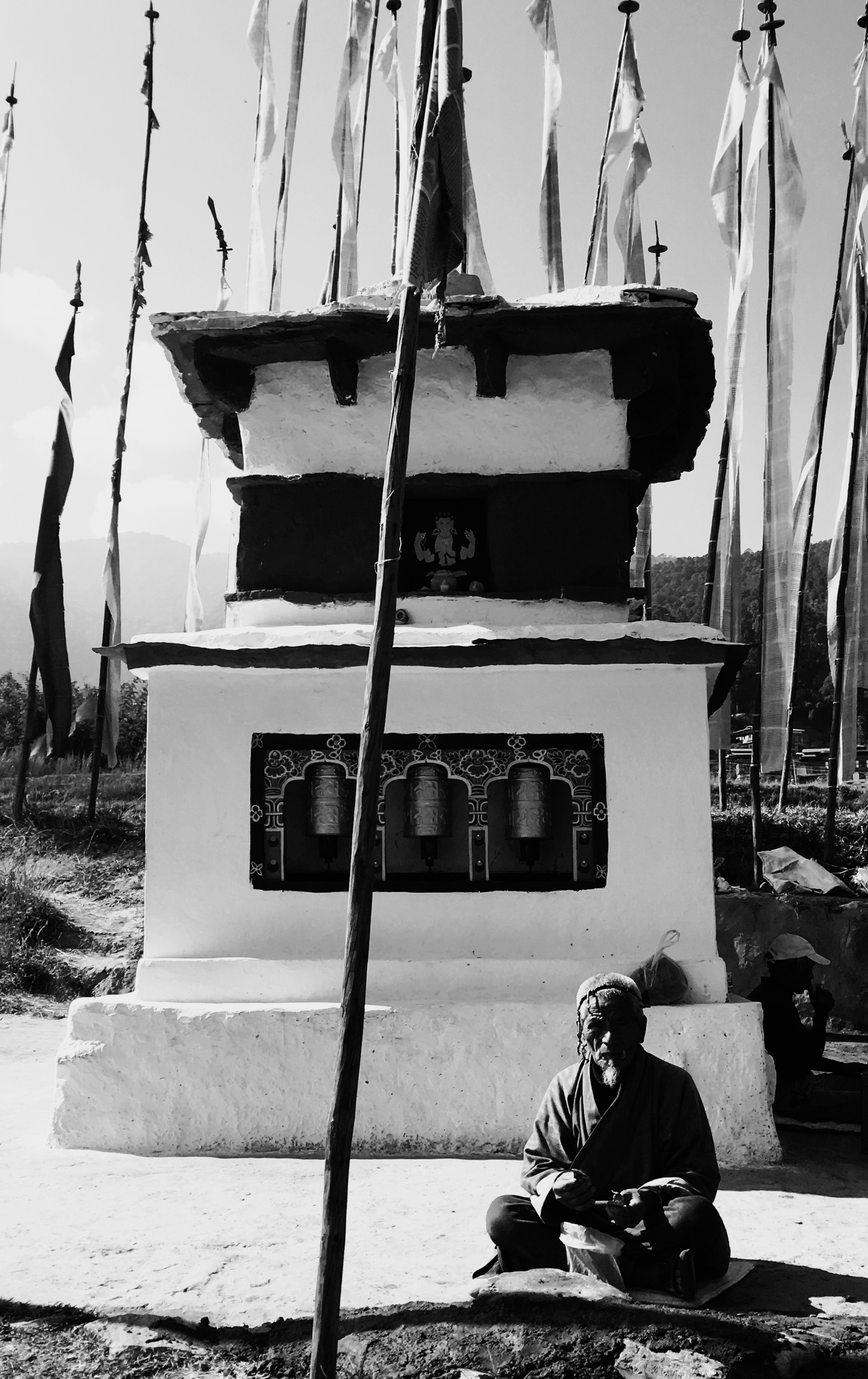
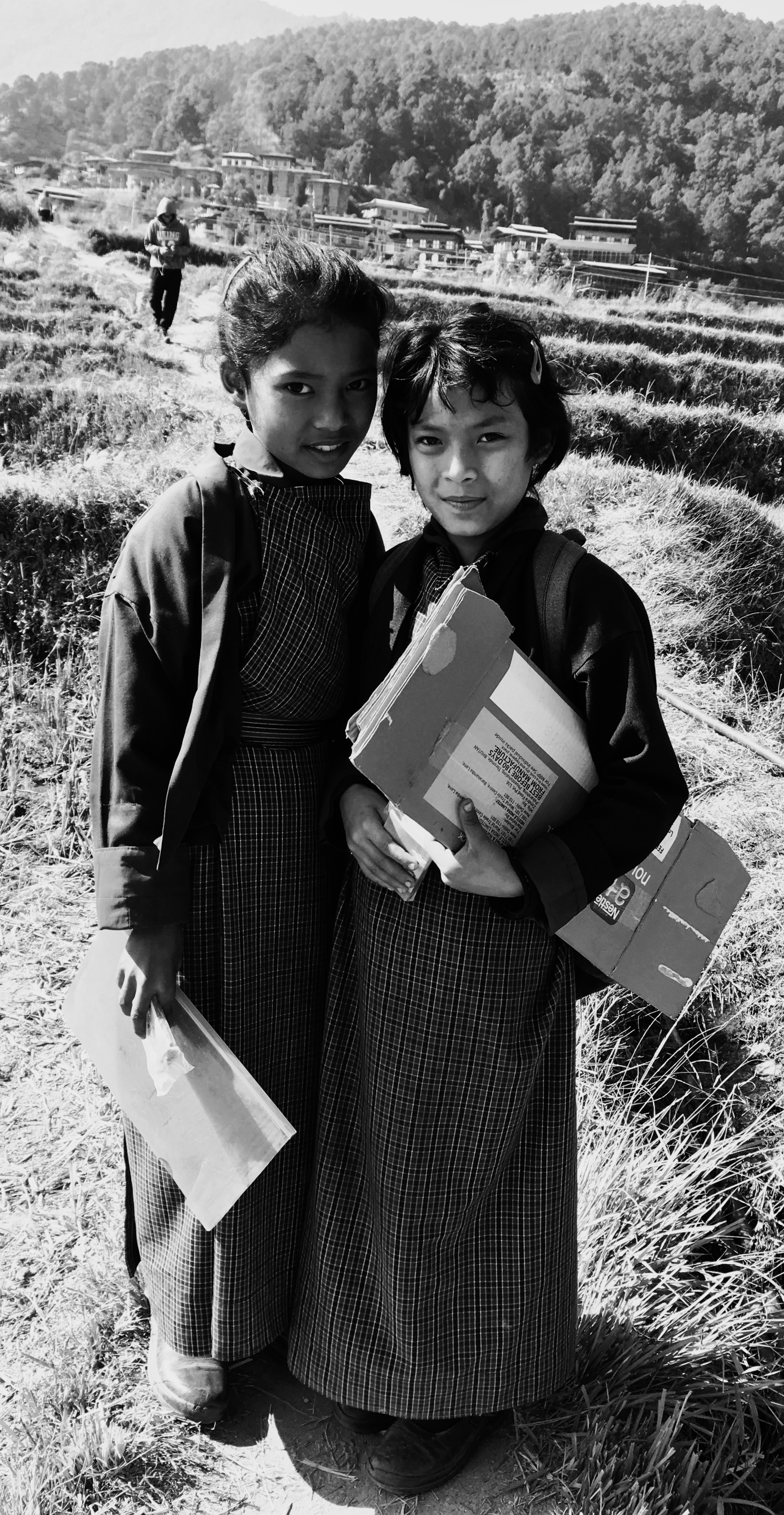
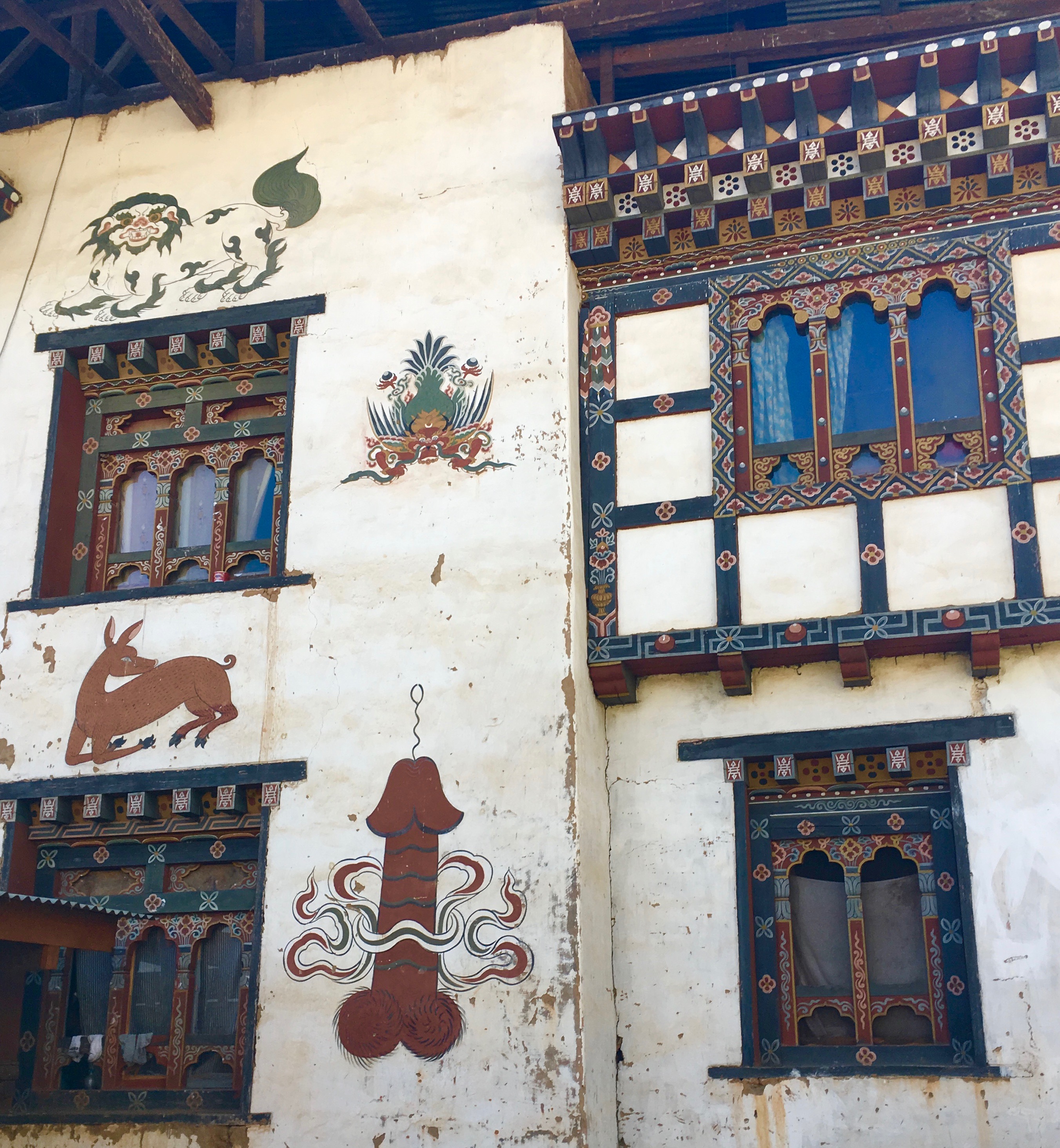
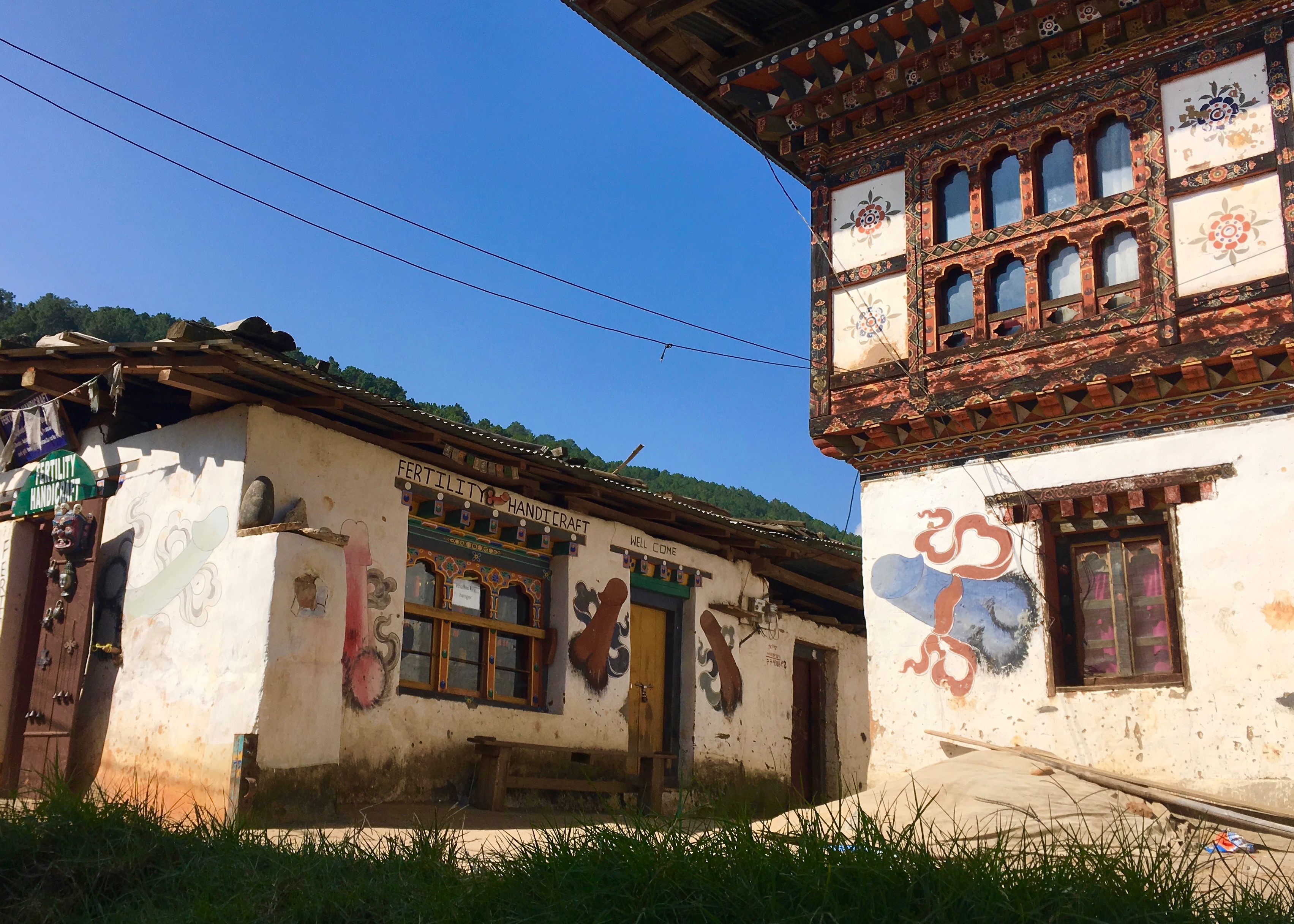


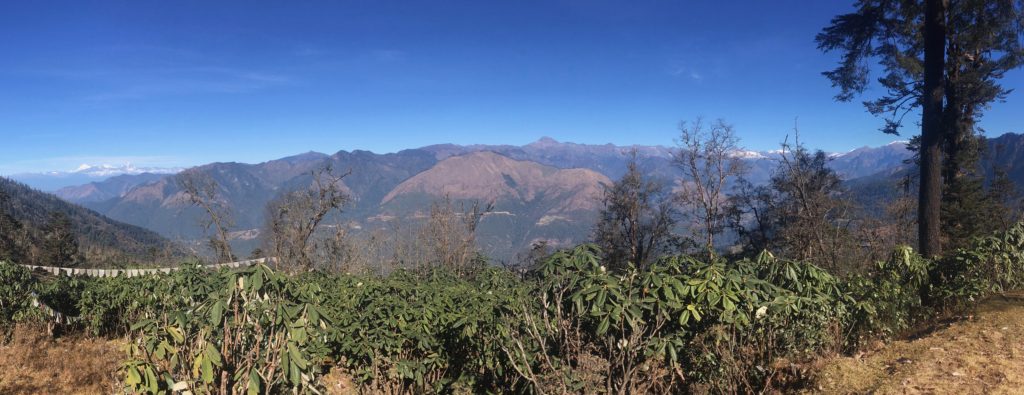


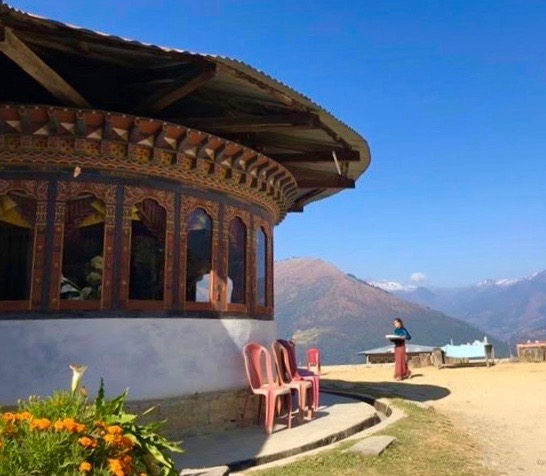

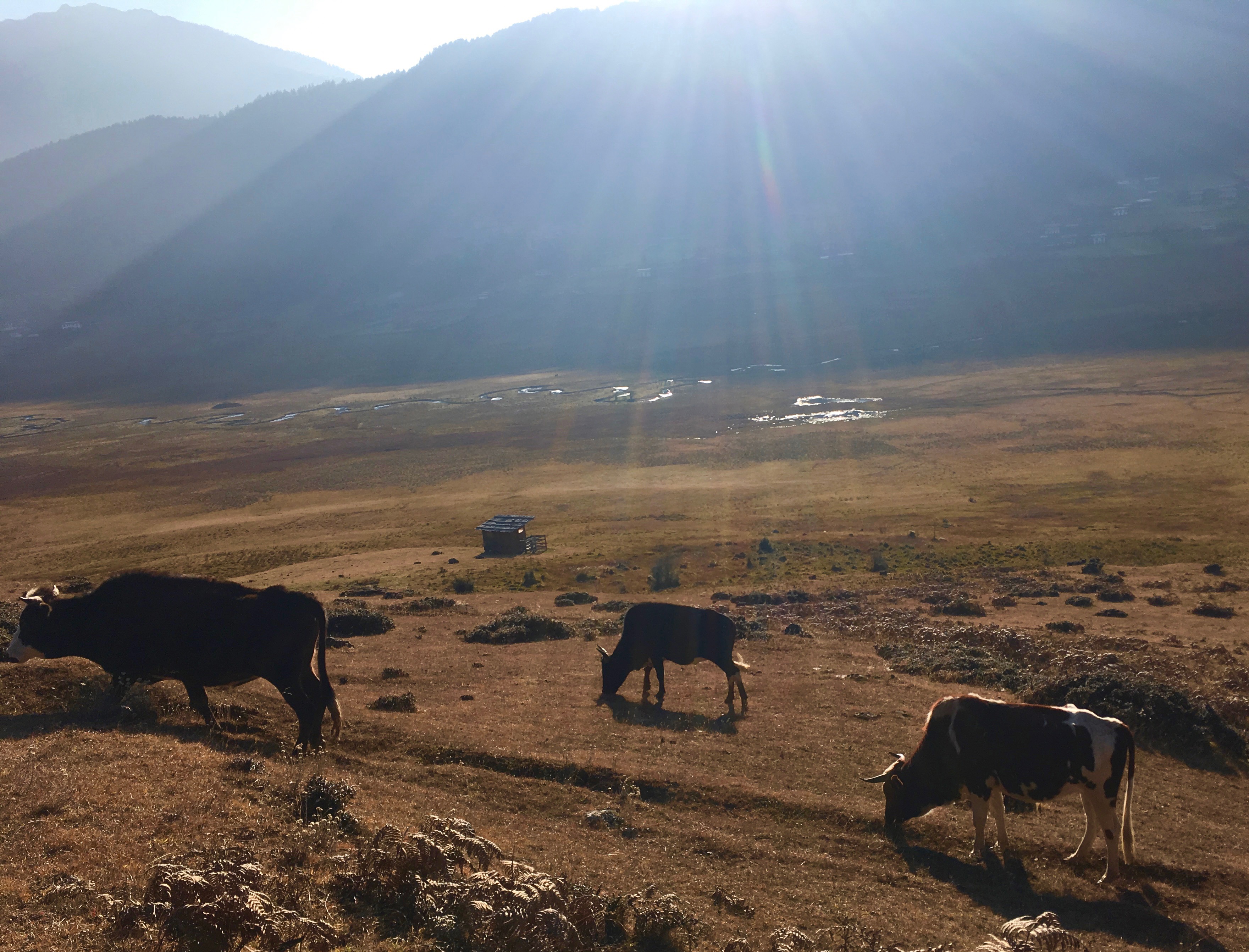
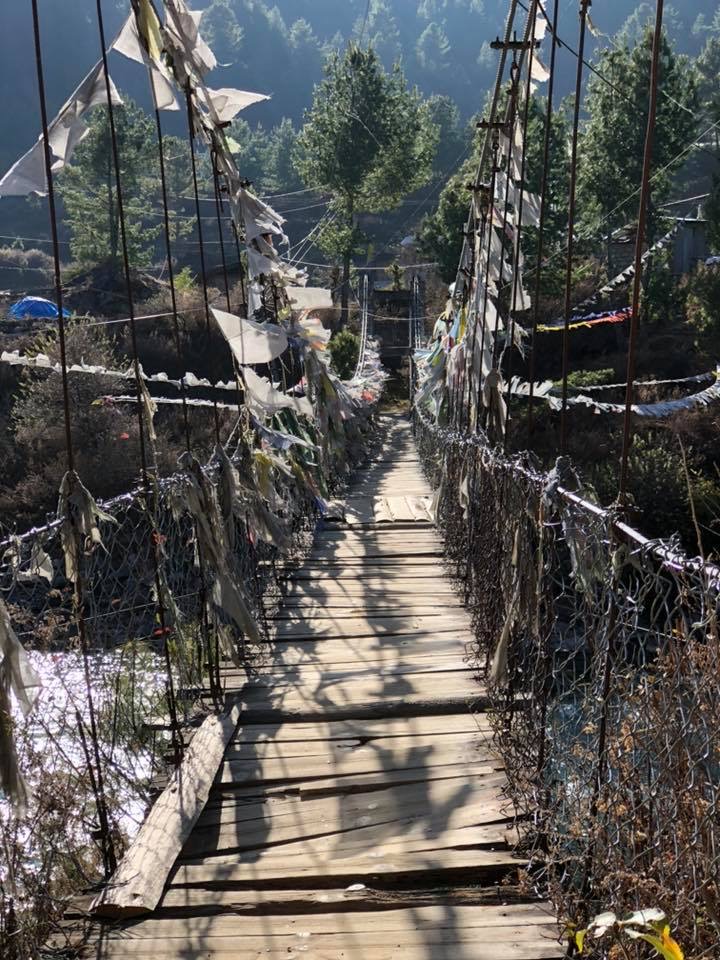
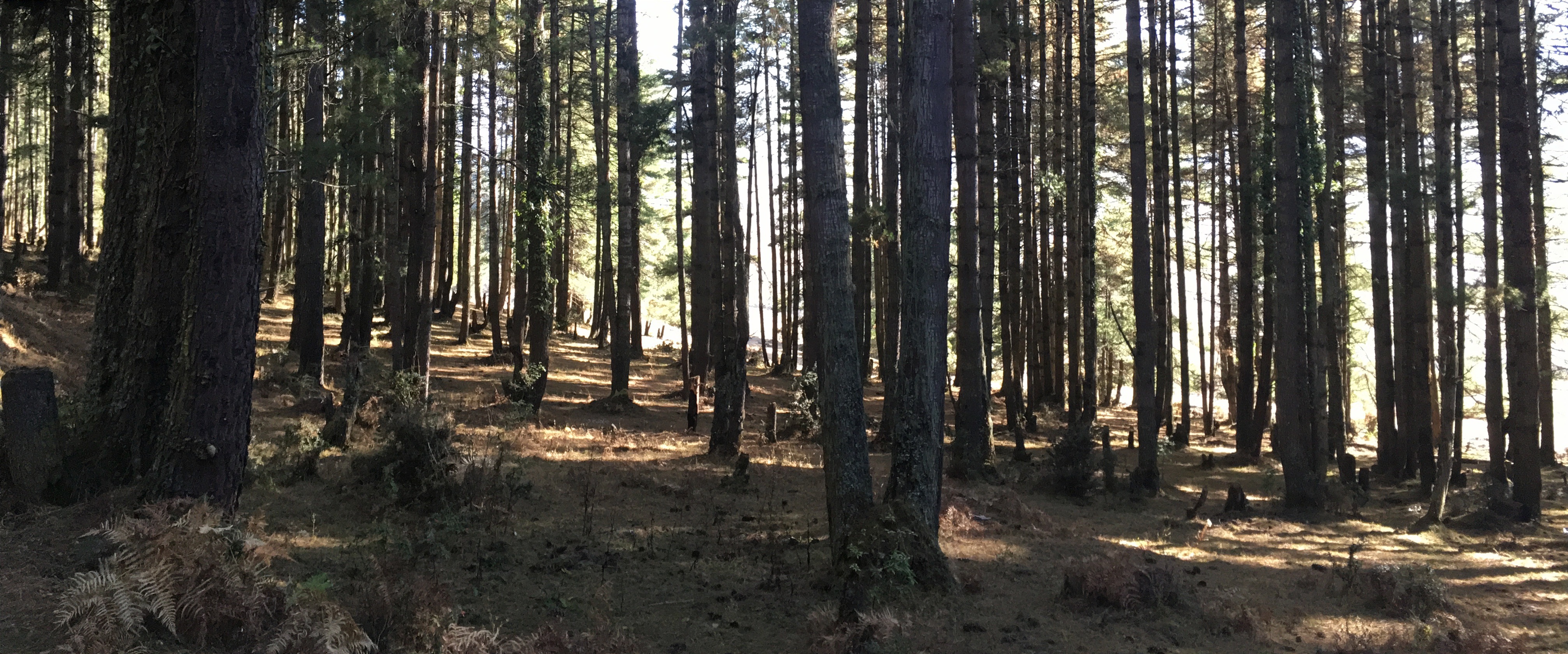

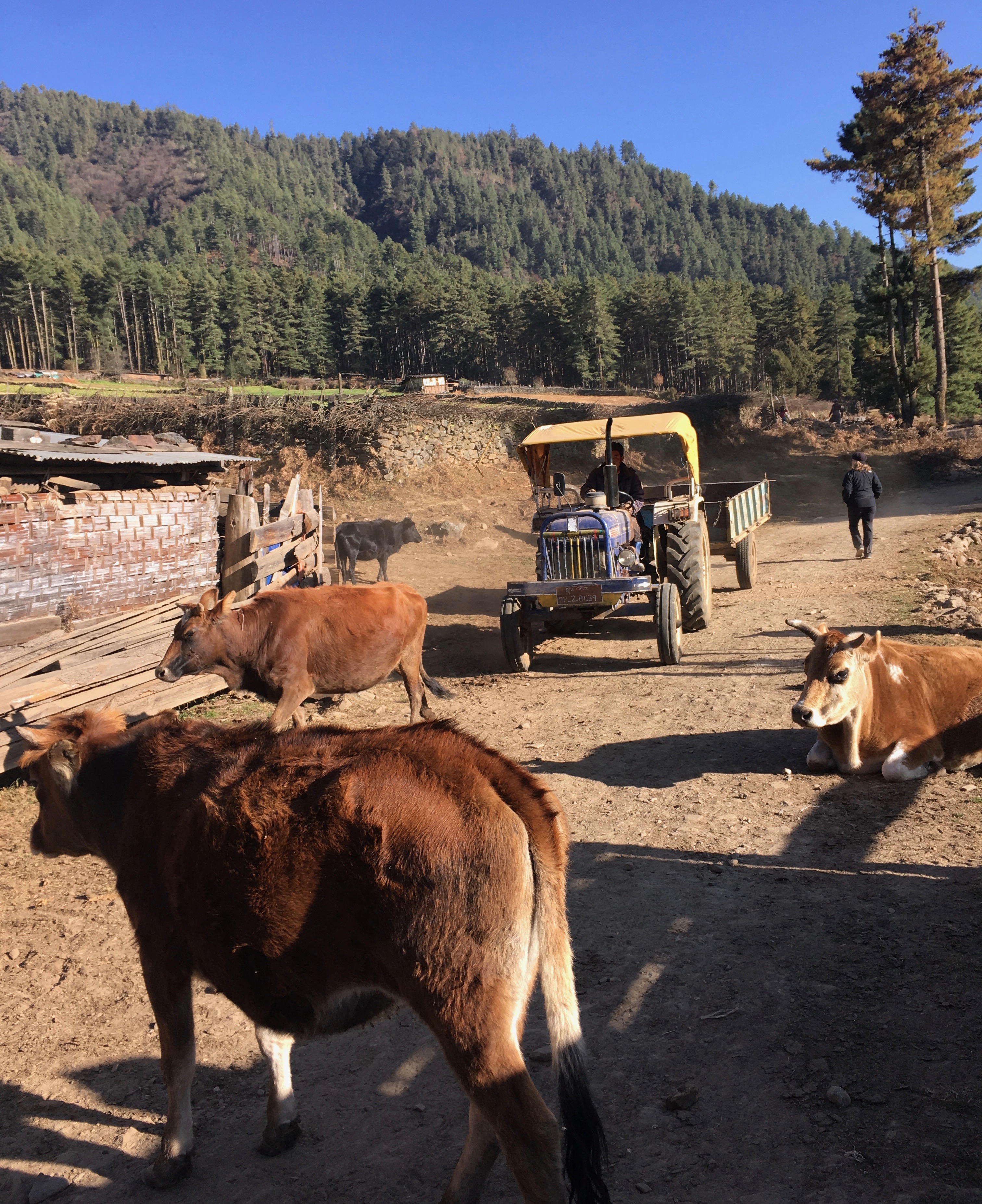






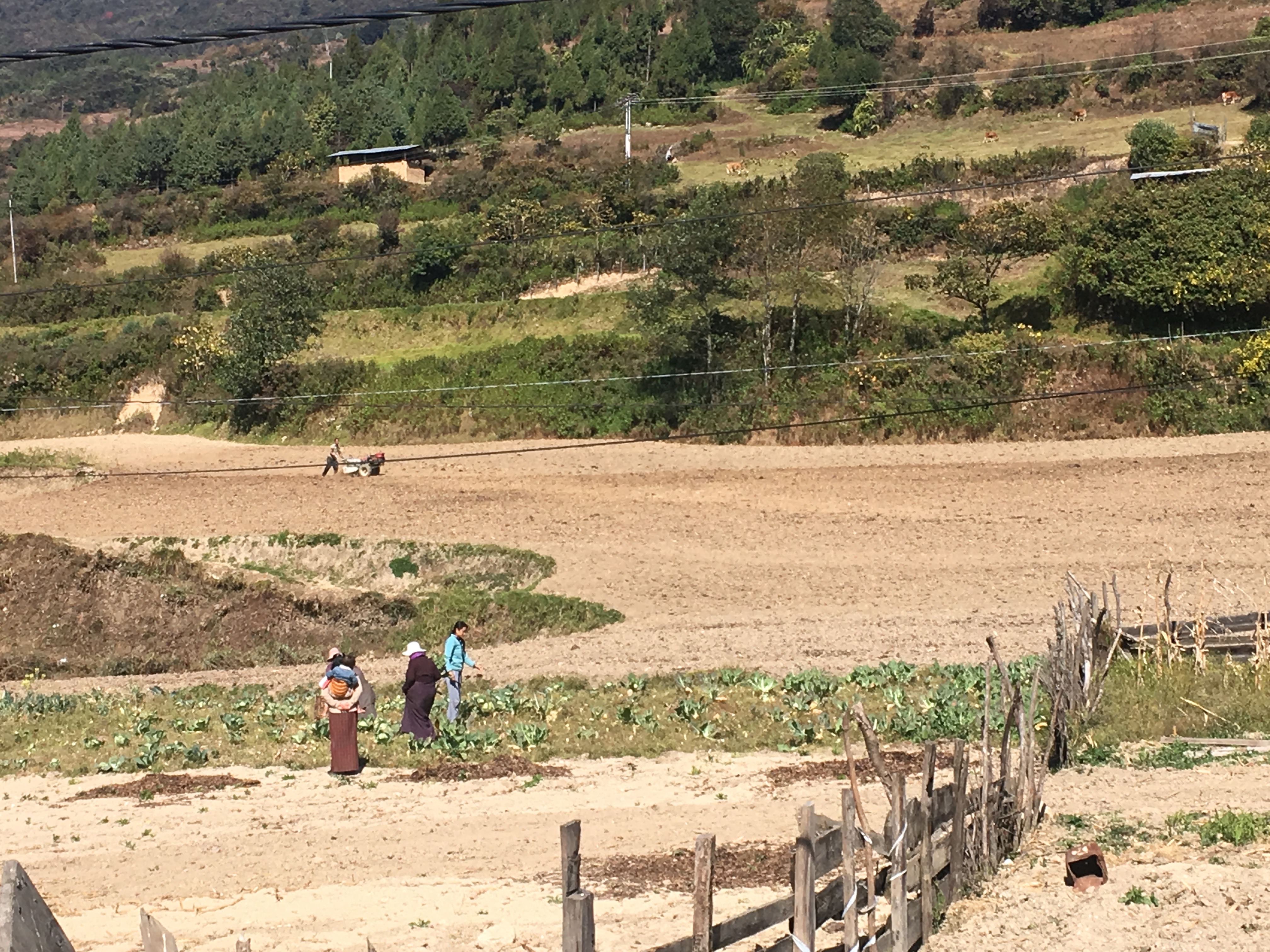

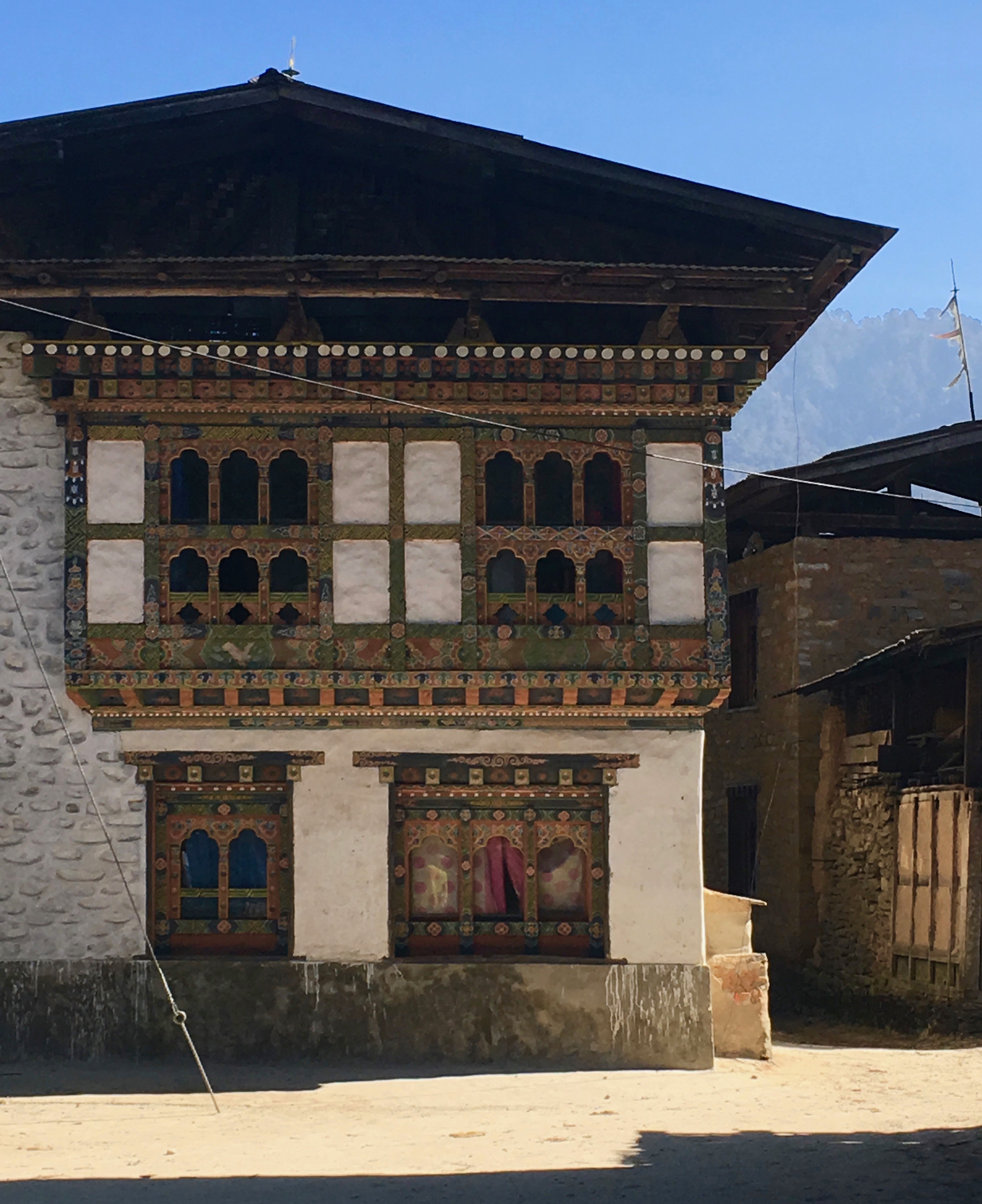

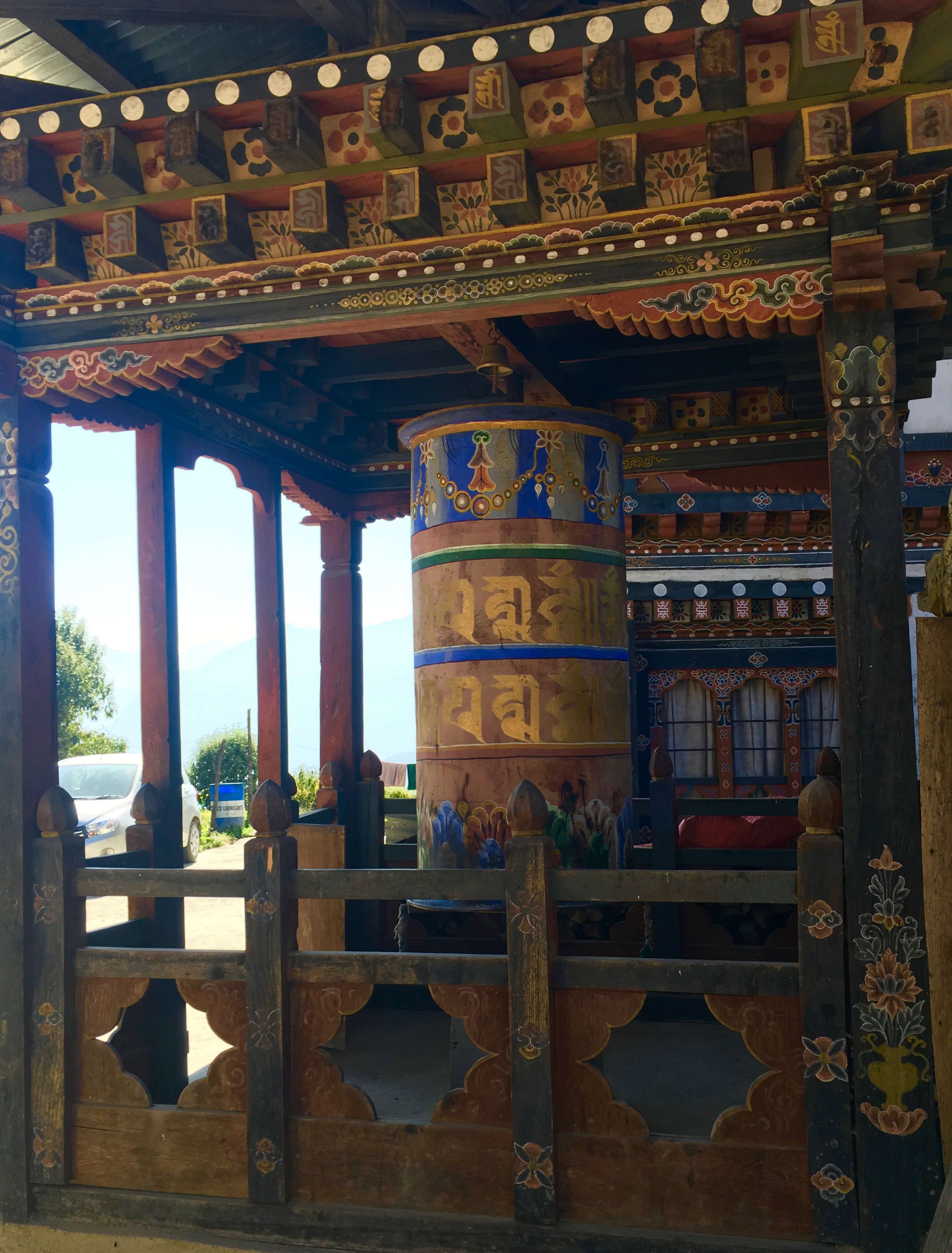
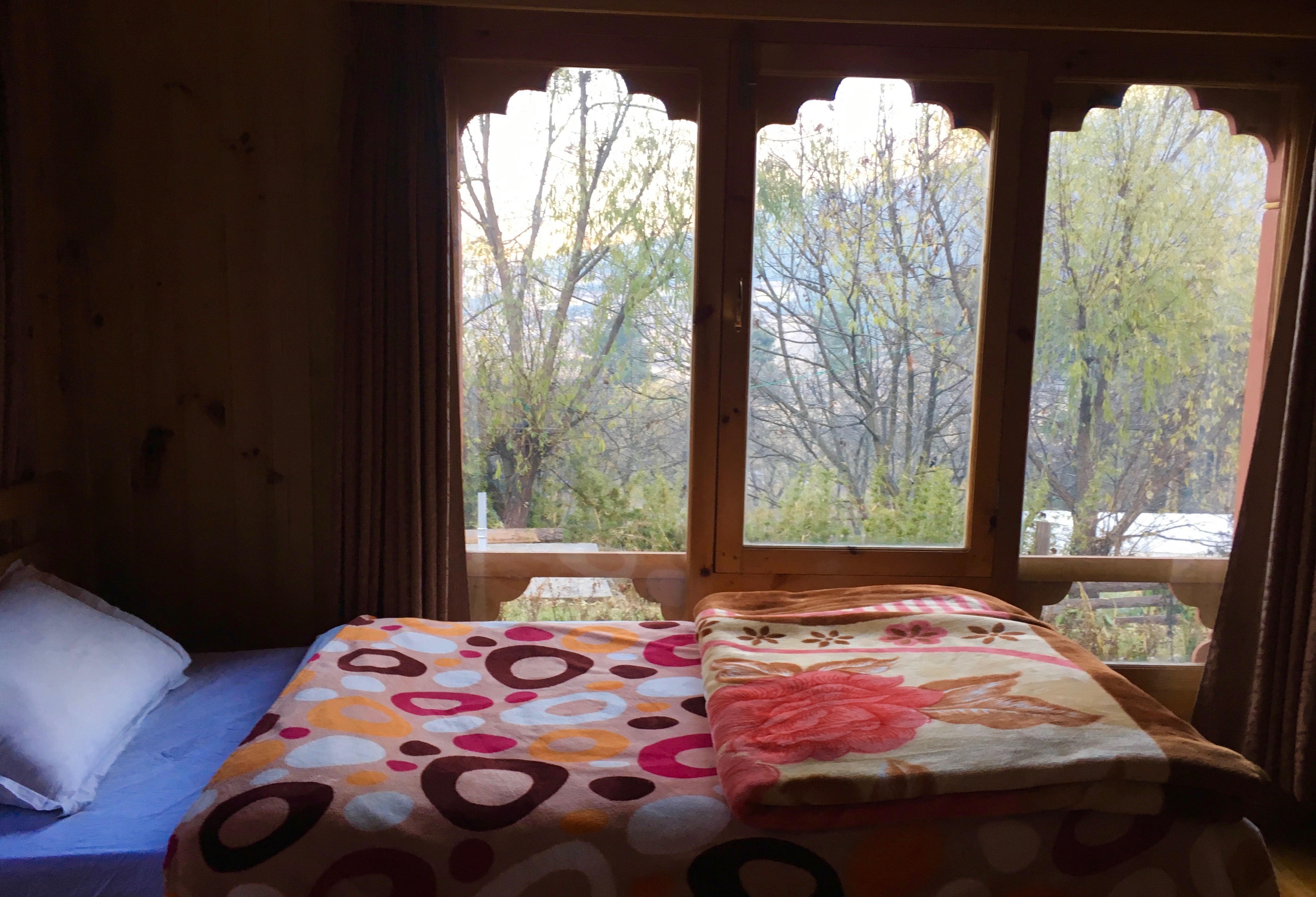
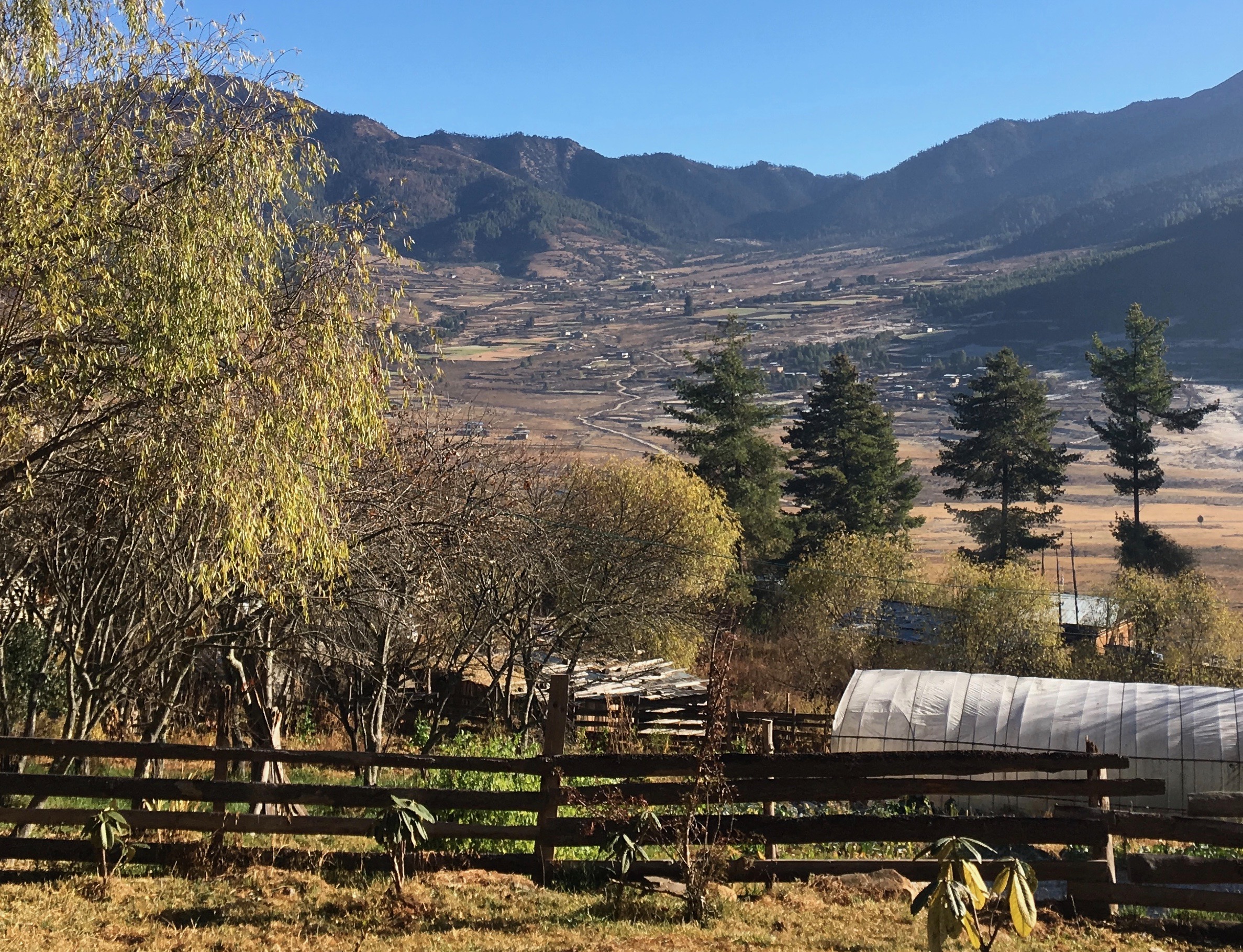
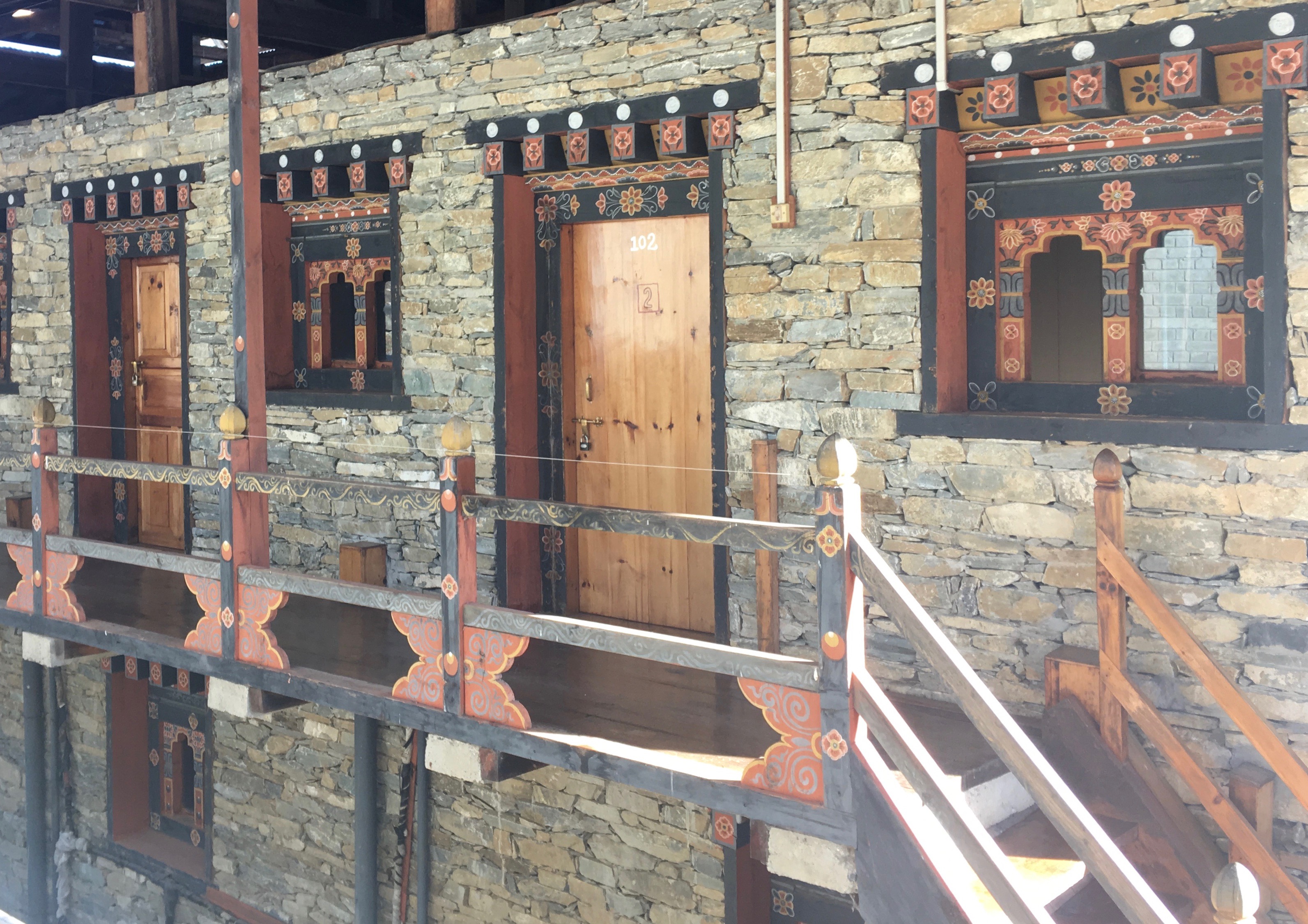
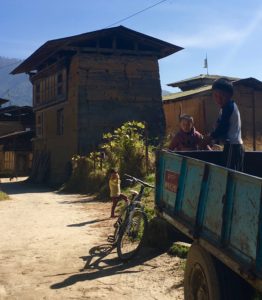
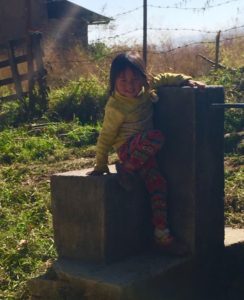
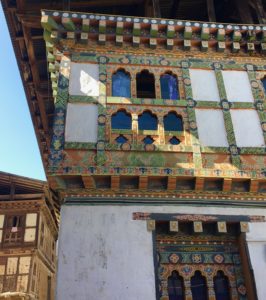
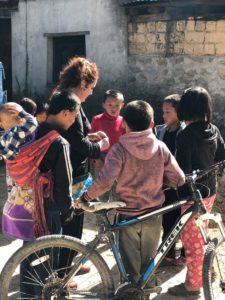
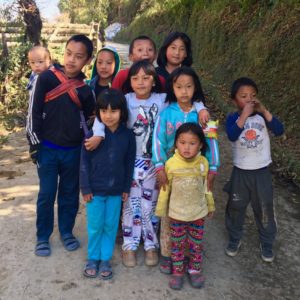

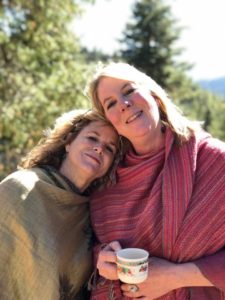
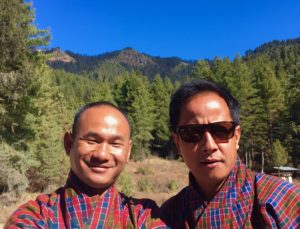

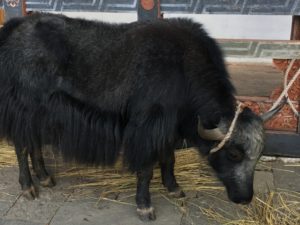
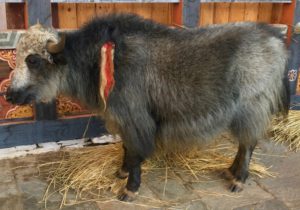

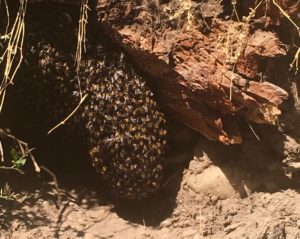
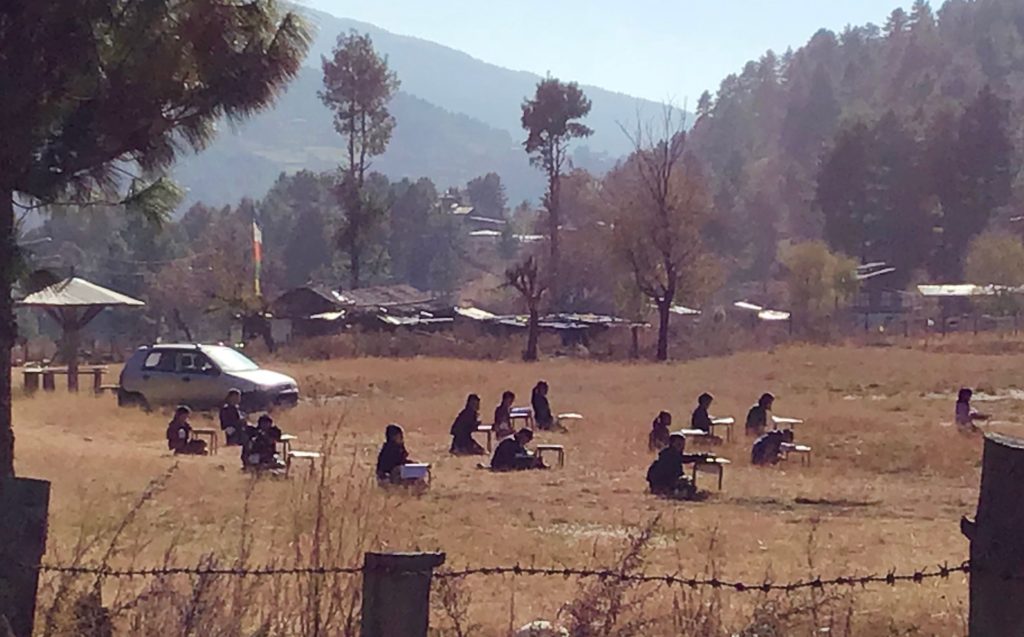
 Published by Snarling Wolf, Inc., a non-profit organization dedicated to providing inspiration, information, and support to people facing challenges, including health challenges, including cancer.
Published by Snarling Wolf, Inc., a non-profit organization dedicated to providing inspiration, information, and support to people facing challenges, including health challenges, including cancer.